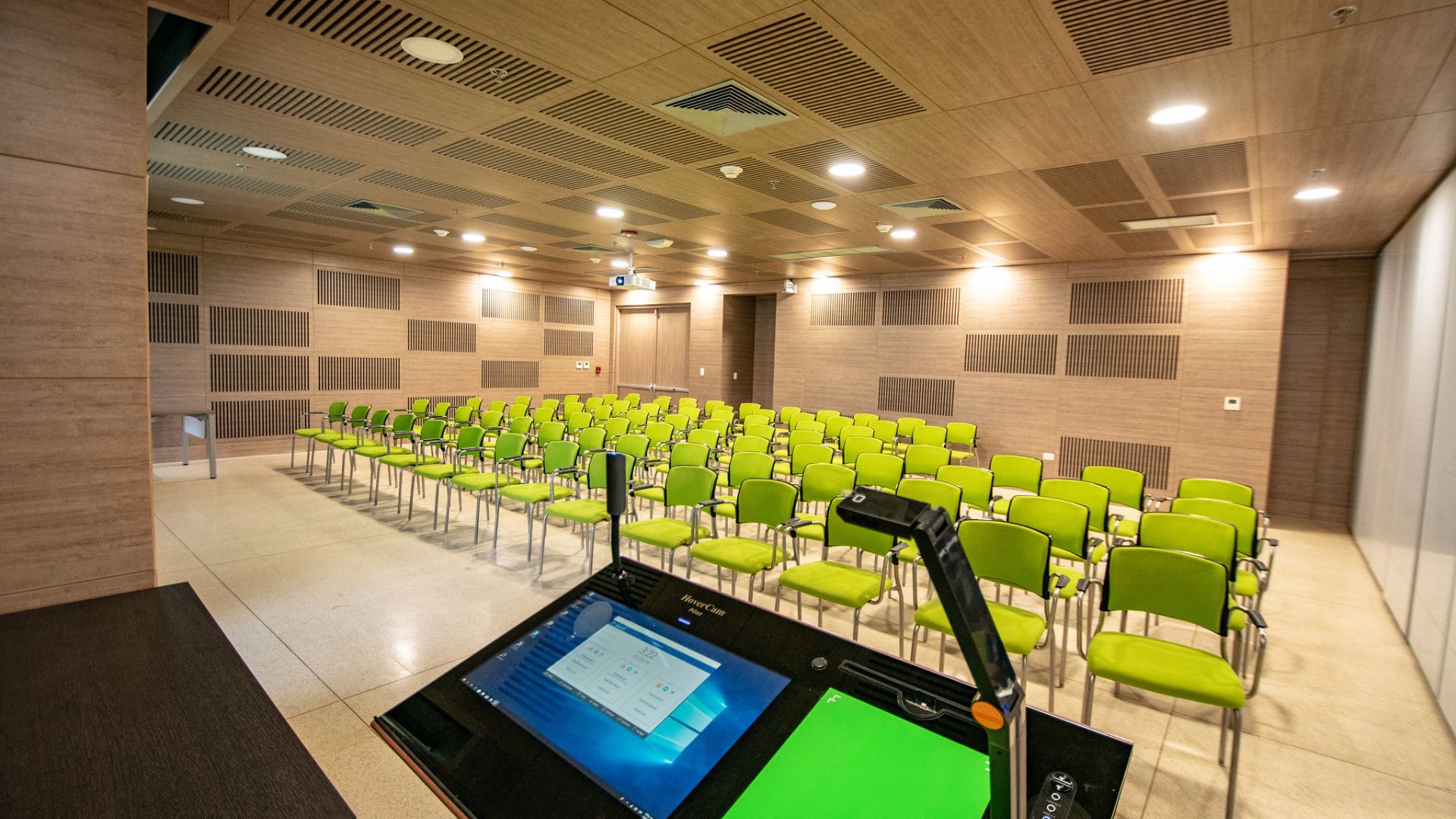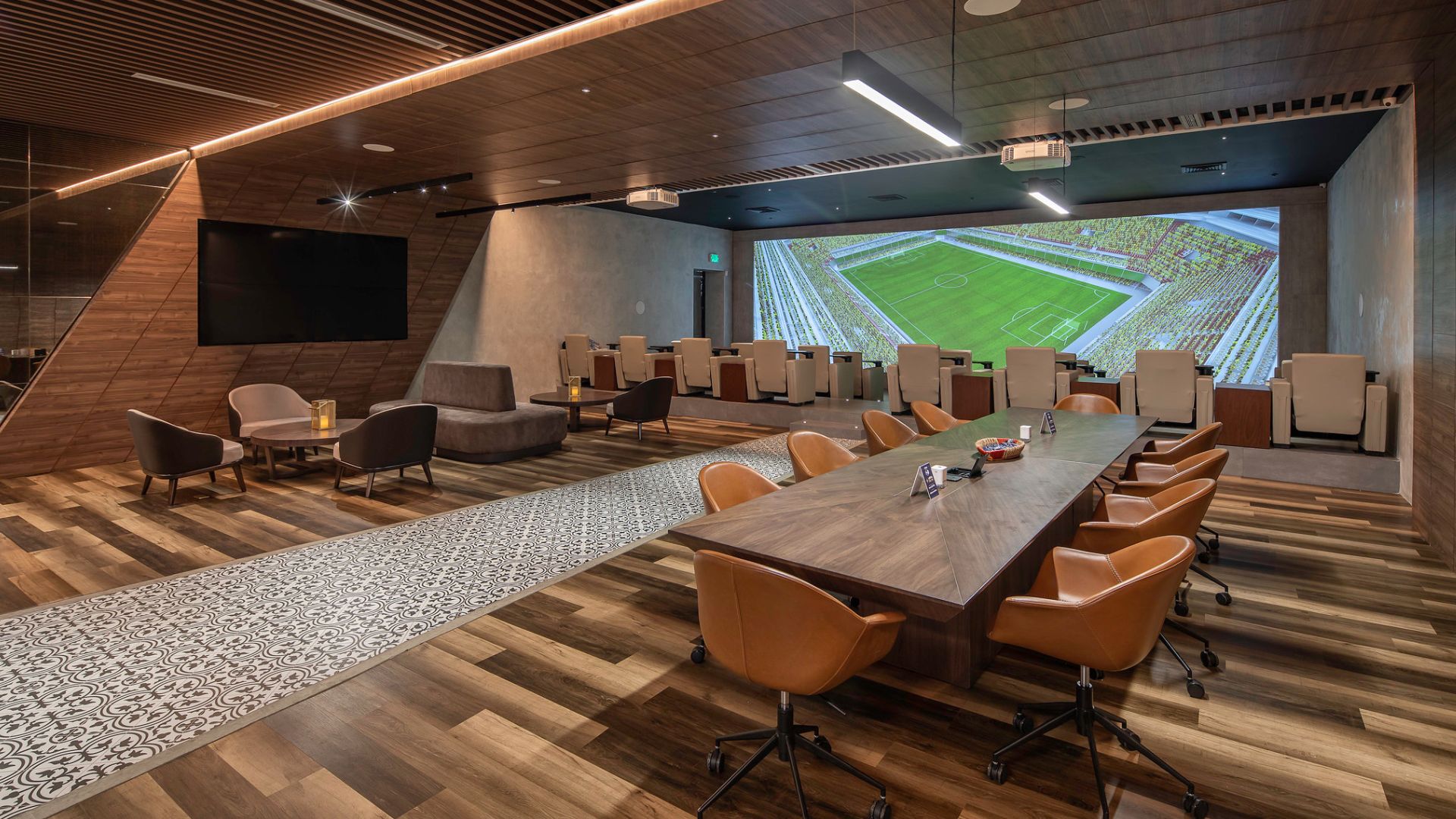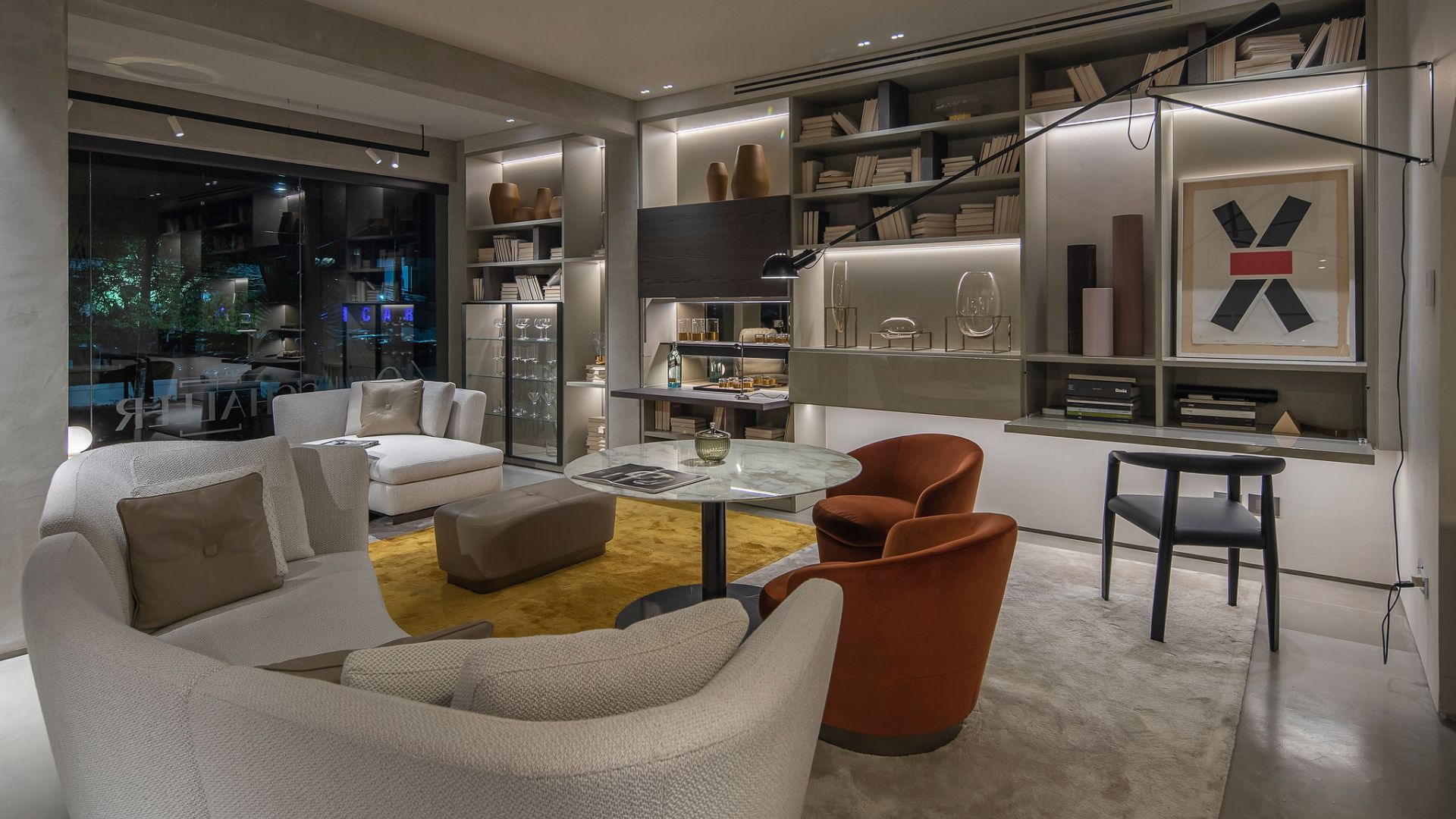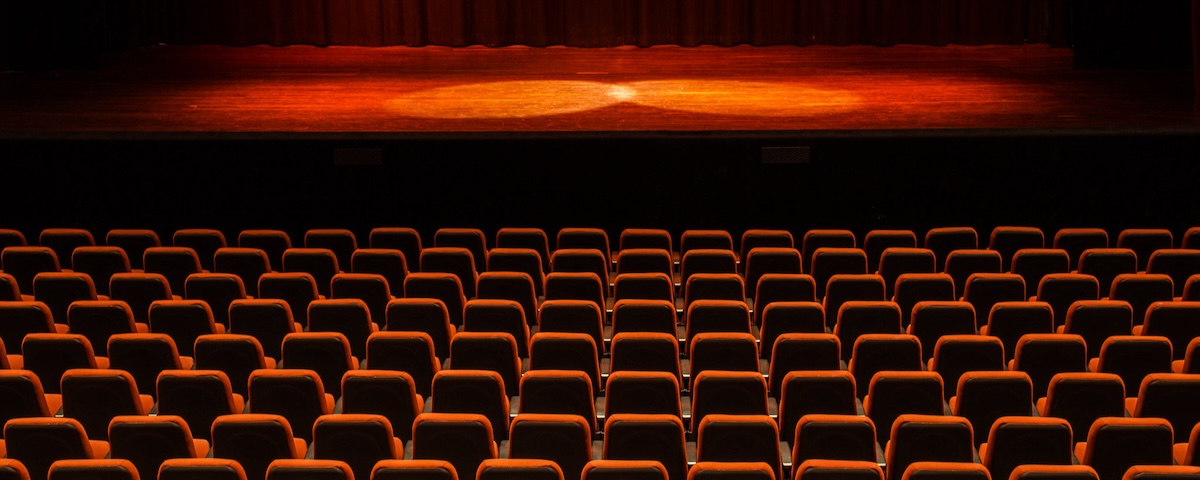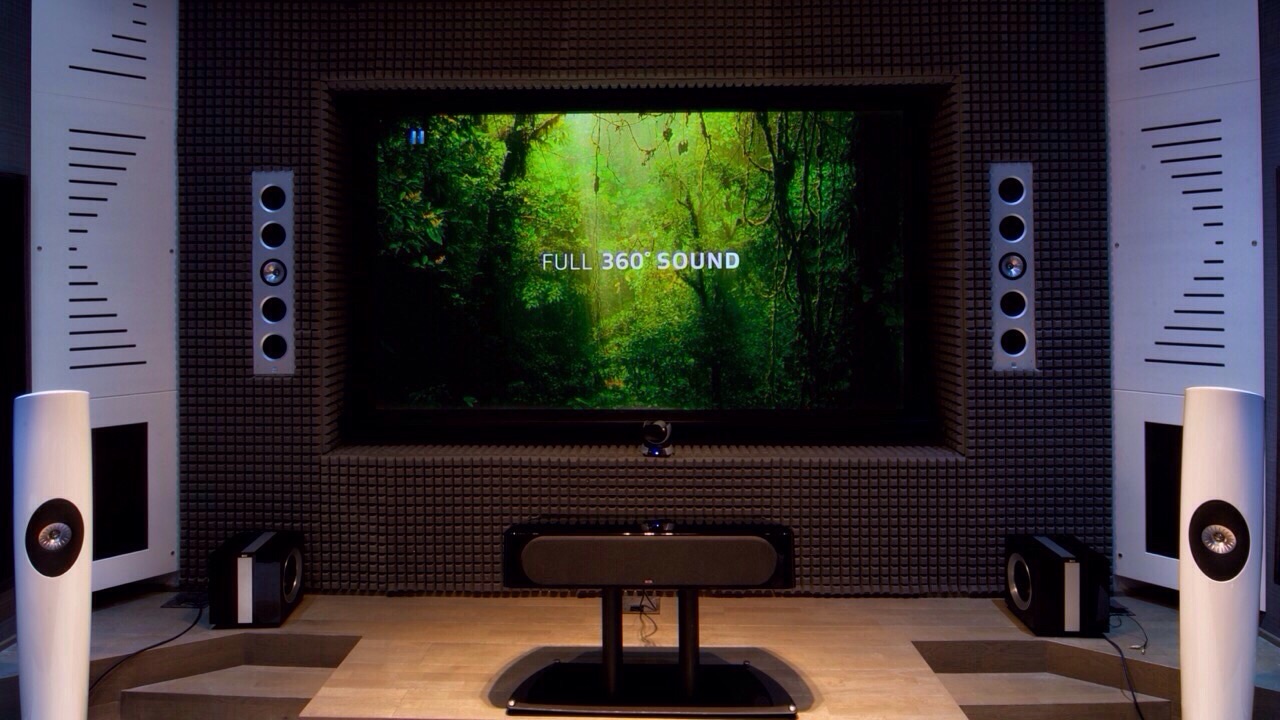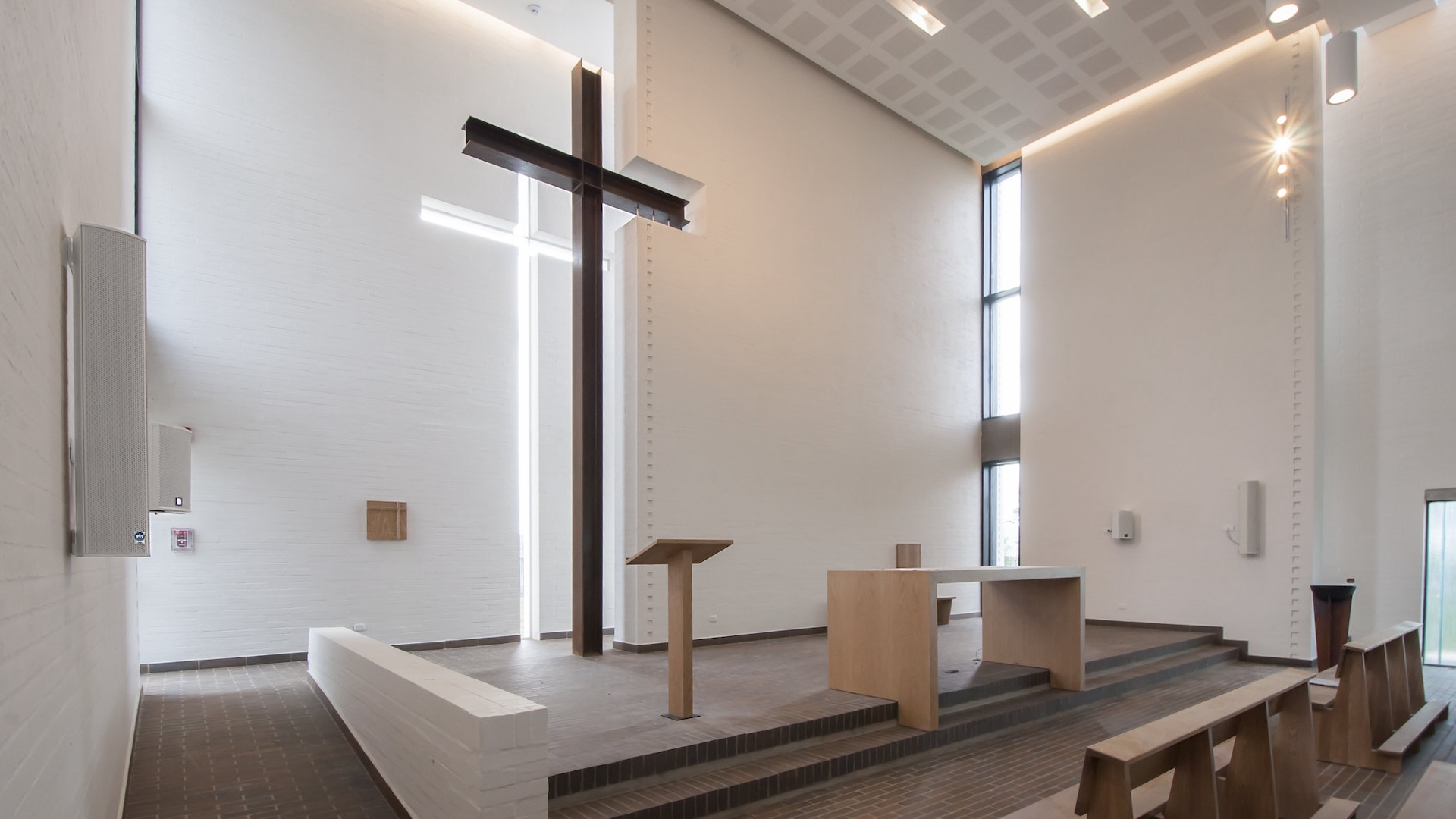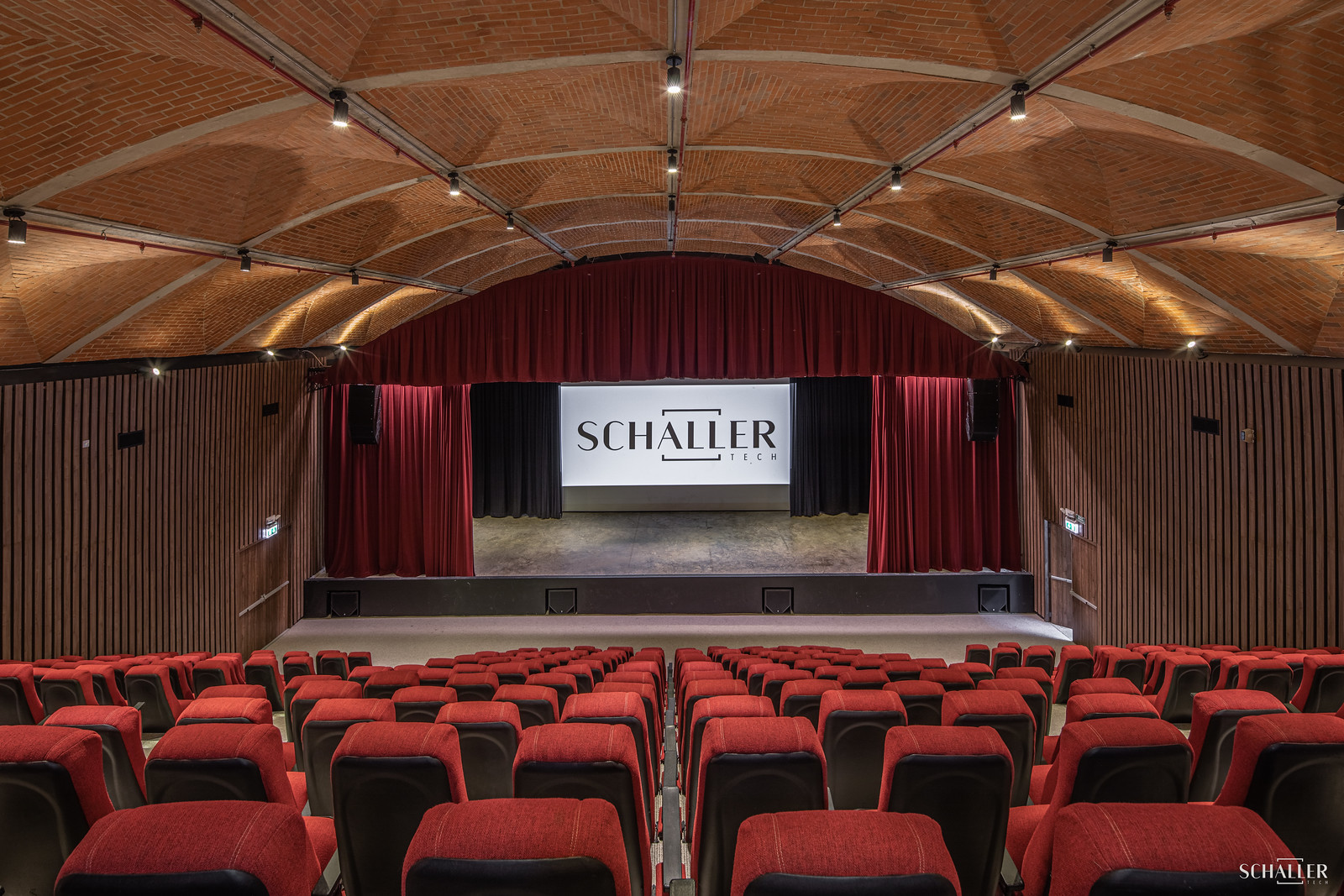Table of contents
We’ve all been there—settled in a movie theater, the lights dim, and suddenly you’re immersed in a world crafted not just by visuals but by sound. At Schaller Design Lab, we know that cinema acoustics are the unsung heroes of that immersion. We’ll dive into why sound design is vital to the movie-going experience and how it shapes the way we feel about a film.
Understanding the science behind cinema acoustics can transform a mundane movie night into a full-blown sensory adventure. Stick with us as we explore the intricacies of sound in the theater and how we at Schaller Design Lab ensure every whisper, explosion, and melody hits the perfect note.
What is Cinema Acoustics?
Definition of Cinema Acoustics
Cinema acoustics involves the design and engineering of sound in movie theaters to ensure the audience experiences the film’s soundtrack as intended by the creators. Acoustic treatment is optimized to minimize echoes and external noise, while speaker placement and soundproofing are meticulously planned to ensure that dialogue, music, and sound effects are heard clearly and from the correct direction. Essentially, it’s the science of manipulating a space to create the perfect balance of sound waves.
In our Design Lab, we focus on achieving precision in the calibrating process, making sure that the sound is not only clear but also contributes to the overall storytelling. High-quality cinema acoustics can transform a simple viewing into a fully engulfing experience, as every element from the lowest bass to the subtlest whisper is given its due importance.
Importance of Cinema Acoustics
The importance of cinema acoustics cannot be overstated. It plays a vital role in maintaining the artistic integrity of a film. Immersive audio experiences elevate a movie from being just an image on a screen to a transportive event.
- Audience Engagement: Crystal-clear sound grabs the audience’s attention and keeps them engrossed in the narrative.
- Emotional Impact: The way sound envelops the viewers influences their emotional response to on-screen events.
- Realism and Believability: Authentic soundscapes make fictional worlds more convincing, allowing the audience to suspend disbelief.
At Design Lab, we recognize that expertly designed acoustic environments in cinemas are not a luxury, but a necessity in storytelling that meets the high standards of today’s cinema-goers. Through our work, movies transcend being mere visuals; they become vibrant worlds that audiences can hear, feel, and inhabit.
Elements of Cinema Acoustics
Room Design

Step inside a cozy and modern home cinema equipped with the latest technology for an immersive viewing experience.
When we walk into a cinema, we’re not just entering a room; we’re stepping into a finely tuned environment crafted for optimal sound. The room’s size, shape, and materials are pivotal for ensuring that every line, score, and effect is experienced as it’s meant to be. In larger theaters, there’s a delicate balance between the volume and clarity of sound. Architects work closely with acoustic experts like us at Design Lab to model theaters so they can support both explosive blockbusters and intimate dramas without distortion.
Soundproofing
To create a sonic oasis, soundproofing is essential. When we design a cinema, we must block out external noise from adjacent theaters, bustling concession stands, or street traffic. High-density materials form barriers that prevent sound leakage, ensuring that the audio inside your theater is the only sound our audience hears. Proper insulation and specialized construction techniques come into play here, which are crucial for maintaining the purity of the cinematic experience.
Sound System
One of our core components is the sound system, the backbone of cinema acoustics. With technologies like Dolby Atmos and 7.1 surround sound, audiences expect a multi-dimensional auditory journey. We select components that can deliver crisp dialogue, rich music, and thunderous effects. Every system we install is engineered to meet the specific demands of the space, providing a seamless audio experience that transports moviegoers into the story.
Speaker Placement
Where we place speakers is just as important as the speakers themselves. Incorrect placement can lead to dead spots or overpowering audio in certain areas. We meticulously position speakers to ensure sound travels effectively throughout the room, creating a uniform soundscape that envelopes the audience. Our precision in placement helps in achieving the director’s vision, allowing each footstep, whisper, or roar to be heard exactly as intended.
Acoustic Treatments
Finally, the cherry on top of cinema acoustics is acoustic treatments. These include wall panels, ceiling tiles, and even the fabric on the back of seats, designed to absorb, reflect, or diffuse sound appropriately. Our aim at Design Lab is to reduce reverberation and eliminate echoes so that sound fidelity is maintained throughout the theater. We test and refine our acoustic treatments to perfection, ensuring that every moment of the film feels as real as possible for our audience.
Challenges in Cinema Acoustics
Background Noise
Background noise in cinemas can significantly detract from the viewing experience. At Design Lab, we’ve identified that the origins of such noise often include HVAC systems, projection equipment, and even external sources like traffic or neighboring businesses. To combat this, soundproofing measures are vital. These can range from using specialized construction materials to incorporating noise-cancelling technology ensuring that the only sound audiences hear is from the movie itself.
Echo and Reverberation
Echo and reverberation are two acoustic challenges that can blur the clarity of sound. We understand that in a cinema setting, any reflection of sound waves needs to be precisely managed. Absorbent materials and strategic placement of acoustic panels play a pivotal role here. By carefully designing the interior of the cinema, we mitigate unwanted echoes and reverberations, guaranteeing dialogue and soundtracks are crisp and immersive.
Sound Localization
For viewers to be fully immersed, they must perceive sound as originating from the correct location. Our expertise at Design Lab reveals that speaker placement is a critical factor in achieving accurate sound localization. It’s not just where the speakers are located; it’s also how they are calibrated in relation to the acoustics of the room. With tailored speaker positioning, we can create a lifelike auditory environment where sound seems to emanate directly from the on-screen action.
Frequency Response
The frequency response within a cinema directly affects how the audience perceives the film’s soundtrack. We prioritize a balanced frequency response, ensuring that both the high-pitched whispers and the low-frequency rumbles are delivered with precision. By analyzing and fine-tuning the acoustics of the space, we secure a uniform auditory experience across the entire spectrum of sound.
Dynamic Range
The dynamic range in cinema audio refers to the spectrum from the softest to the loudest sounds. In our approach at Design Lab, we emphasize the importance of a wide dynamic range to maintain the emotional impact of a movie. State-of-the-art sound systems are calibrated to handle the whispers as effectively as the explosions, delivering a powerful and authentic sound that enhances the storytelling without overwhelming the audience.
By addressing these challenges head-on, we weave science and design together to create the ultimate cinematic acoustic environment. Our meticulous approach ensures that every nuance of the film’s audio is experienced exactly as intended, drawing audiences deeper into the heart of the story.
Solutions for Improving Cinema Acoustics
In our quest to design the perfect auditory experience, it’s critical to focus on the solutions that can dramatically enhance cinema acoustics. Our expertise at Design Lab drives us to implement cutting-edge strategies that meet industry standards and exceed audience expectations.
Noise Reduction Techniques
Minimizing background noise is paramount for clarity and immersion. At Design Lab, we employ a variety of techniques to achieve this:
- Soundproofing the cinema shell blocks external noise from traffic or other disruptions.
- Sealing gaps in doors and windows ensures that sound leakage is minimized.
- Isolation mounts for projectors and other equipment reduce vibrations that can compromise sound quality.
By implementing these robust noise reduction techniques, we create a silent backdrop that allows every subtle audiophile detail to emerge.
Sound Absorbing Materials
Strategic placement of sound absorbing materials is crucial for controlling echo within a cinema:
- High-density foam or fabric wall coverings absorb sounds effectively.
- Carpeted floors eliminate the reflection of sound waves from hard surfaces.
- Thick drapes around the screen can prevent flutter echoes and further enhance sound absorption.
Our selection of materials at Design Lab is tailored to the acoustical requirements of each space, striking the perfect balance between aesthetics and functionality.
Adjustable Acoustic Panels
Acoustic panels offer a versatile solution to tailor the sound for different movie genres:
- Adjustable panels can be reconfigured for optimal sound based on the film being shown.
- Variable acoustic systems allow for manual or automated adjustment of panel positions.
This adaptability ensures that whether it’s a thunderous action movie or a quiet drama, the acoustic environment is always optimized for the best possible audience experience.
Equalization and Calibration
Precise equalization and calibration are the keystones of our acoustic design approach:
- Speaker calibration aligns sound levels and timing to the room’s specifications.
- Frequency response of the room is balanced to avoid peaks and dips in the sound spectrum.
Our team at Design Lab uses advanced calibration equipment to refine these parameters, ensuring the soundtracks are reproduced with the fidelity as intended by the creators.
Advanced Speaker Systems
The cornerstone of any high-end cinematic acoustic setup is the quality of the speaker systems deployed:
- Multi-channel systems provide a congruent and high-definition audio experience that engulfs the audience.
- Subwoofers positioned strategically around the room deliver the depth and power necessary for those impactful cinematic moments.
- High-range tweeters ensure even the most subtle sound effects are heard with crystal clear definition.
At Design Lab, we install state-of-the-art speaker systems that complete the immersive audio-visual journey for every film aficionado.
Case Studies
Cinema Acoustics in IMAX Theaters

Experience the magic of sound in this modern home theater room, featuring a large screen and high-quality speakers for an immersive audio-visual experience.
IMAX theaters are renowned for their immersive audiovisual experience. At Design Lab, we’ve observed that these theaters employ a specific acoustic design that sets them apart. IMAX’s patented sound insulation technology ensures that audio from one theater doesn’t bleed into another. Their acoustical treatment includes:
- Strategically placed diffusers to scatter high frequencies, reducing harshness.
- Custom-designed bass traps to control low-frequency sounds.
- A speaker configuration that includes six channels of sound extending from the screen to the rear of the theater.
What really makes IMAX theaters stand out is their mandatory certification process. Each theater undergoes rigorous testing in which over 500 measurements are taken to ensure that sound levels match IMAX’s high standards. The result is a reliably consistent cinema acoustic experience no matter the location.
Cinema Acoustics in Dolby Atmos Theaters
Dolby Atmos theaters take a different, yet equally innovative, approach to cinema acoustics. Here at Design Lab, we’re fascinated by how Atmos technology creates a three-dimensional soundscape. This is achieved through:
- A network of up to 64 speakers placed throughout the theater, including the ceiling.
- Advanced audio rendering that treats sound objects individually, allowing them to move through the theater with pinpoint accuracy.
- Sound calibration software that tailors the audio to the specific dimensions and characteristics of each theater.
Theaters equipped with Dolby Atmos can accurately depict the location of sounds, enhancing the realism and depth of audio. This leads to an audience experience that’s not just heard but felt, as every whisper and explosion resonates perfectly within the space.
Conclusion
We’ve explored the intricate world of cinema acoustics and seen how IMAX and Dolby Atmos theaters have revolutionized the way we experience movies. The precise engineering behind these audio marvels is not just about loudness but the quality and authenticity of sound. As we leave the theater after watching a film with such advanced acoustics we’re not just carrying memories of the visuals but of the sound that enveloped us making every scene come alive. It’s clear that the future of cinematic sound is here and it’s more immersive than ever before. Whether you’re a film buff or a casual movie-goer our journey through the sonic excellence of modern theaters is sure to enhance your appreciation for the art of sound in cinema.
Frequently Asked Questions
What are the key acoustic design elements in IMAX theaters?
IMAX theaters incorporate specific acoustic design elements like sound insulation technology, strategically placed diffusers, custom bass traps, and a unique six-channel speaker configuration to create an immersive audiovisual experience.
What is the IMAX certification process for?
The IMAX certification process ensures that theaters maintain consistent sound levels, adhering to strict audio quality standards for the best listening experience.
How many speakers does a Dolby Atmos theater typically have?
A Dolby Atmos theater is equipped with a network of up to 64 speakers, which enables advanced audio rendering and a detailed three-dimensional soundscape.
What advantage does Dolby Atmos have over traditional sound systems?
Dolby Atmos technology allows for a pinpoint depiction of sound location, enhancing realism and depth, thus creating a lifelike and immersive audio experience that traditional sound systems lack.
Our Portfolio
Table of contents




